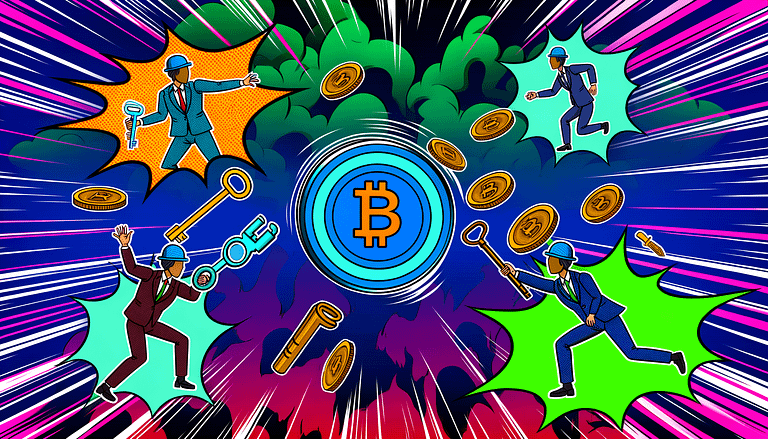EigenLayer Faces Sustainability Challenge in DeFi Growth
In A Nutshell
EigenLayer, a prominent restaking protocol on the Ethereum network, is at the forefront of an emerging challenge within the decentralized finance (DeFi) sector. Despite its rapid growth and significant total value locked (TVL), concerns arise over the sustainability of yields due to an imbalance between the protocol’s capacity for liquid staking tokens (LSTs) and the actual security needs of its Actively Validated Services (AVS). This situation prompts discussions on the necessity for greater utility and integration within the DeFi ecosystem to ensure long-term viability and yield stability.
The Rising Concern Over Yield Sustainability
EigenLayer, recognized for its considerable TVL in the Ethereum ecosystem, surpasses many counterparts in the realm of restaking protocols. However, this growth spurt has brought with it a potential crisis. The protocol’s AVS, essential for the network’s security, requires only a fraction of the staked Ether currently held. This discrepancy poses a risk of significant yield reduction, a concern echoed by industry observers and highlighted in recent discussions within the crypto community.
Understanding the Core of the Crisis
At the heart of the issue is the protocol’s design, where users staking LSTs contribute to the security of AVS on EigenLayer, in return for staking rewards. The challenge arises from the protocol’s security model, which, according to insights shared by a 3Jane derivatives exchange builder, does not necessitate the vast amounts of staked Ether it currently holds. This imbalance could lead to a steep decline in yields, undermining the protocol’s attractiveness to DeFi participants.
Potential Solutions on the Horizon
The conversation around mitigating this imminent crisis revolves around enhancing the protocol’s integration with the wider DeFi landscape. Proposals include launching additional tokens to temporarily elevate the security budget and, more critically, creating avenues for LSTs to have greater utility within the DeFi sector. These measures aim to establish a more sustainable model for yield generation, ensuring the protocol’s growth does not outpace its foundational utility.
Our Take
The situation unfolding around EigenLayer serves as a poignant reminder of the intricate balance required in the DeFi ecosystem between growth, utility, and sustainability. While the protocol’s rapid ascent within the Ethereum network underscores the vibrant potential of DeFi innovations, it also highlights the challenges inherent in scaling these technologies responsibly. The path forward for EigenLayer, and indeed for the broader DeFi industry, lies in fostering deeper synergies within the ecosystem, ensuring that growth trajectories are matched with genuine utility and sustainable models for yield generation. As the DeFi space continues to evolve, the industry must remain vigilant, ensuring that innovation does not outstrip the foundational principles that ensure its long-term viability.







